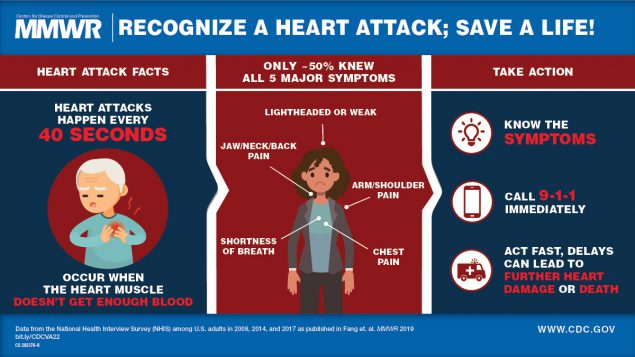Heart attacks and strokes rarely occur without warning.
According
to health data from more than 9 million adults in South Korea and the
US, nearly everyone who develops heart disease and suffers a major
cardiovascular event has one of four major risk factors in the lead-up.
These factors include high blood pressure, high cholesterol, high blood sugar levels, and tobacco smoking (past or current).
Combined as a group, they preceded 99 percent of all cardiovascular events during the long-term study.
Even in women under 60 – the demographic with the lowest risk of
cardiovascular events – more than 95 percent of heart attacks or strokes
were linked to one of these existing risk factors.
High blood pressure was the factor most commonly tied to cardiovascular events. In both the
US and South Korea, more than 93 percent of individuals who experienced
a heart attack, stroke, or heart failure had hypertension beforehand.
Managing this risk factor could, therefore, be key to preventing serious cardiovascular disease down the road.

“We think the study shows very convincingly that exposure to one or
more nonoptimal risk factors before these cardiovascular outcomes is
nearly 100 percent,” says cardiologist Philip Greenland from Northwestern University.
“The goal now is to work harder on finding ways to control
these modifiable risk factors rather than to get off track in pursuing
other factors that are not easily treatable and not causal.”
The authors note that their results challenge recent claims that insidious cardiovascular events occurring in the absence of risk
factors are increasing, suggesting that previous studies may have missed
diagnoses or overlooked risk factor levels that were below the clinical
diagnostic threshold.
In an accompanying editorial,
Duke University cardiologist Neha Pagidipati (who was not involved in
the study) argues that the results show just how important it is to
manage health risks before they lead to serious, potentially fatal,
outcomes.
“We can – and must – do better,” she writes.
The study was published in the Journal of the American College of Cardiology.









